How To Fit A Tripod ?
To fit a tripod, first, extend the legs of the tripod to the desired height. Then, attach the camera or device to the tripod head using the appropriate mounting plate or screw. Adjust the angle and position of the camera as needed using the tripod head controls. Finally, ensure that the tripod is stable and secure by tightening any necessary locks or screws.
1、 Tripod Types and Features
How to fit a tripod:
Fitting a tripod is a crucial step in ensuring that your camera is stable and secure while taking photos or videos. Here are the steps to follow:
1. Choose the right tripod: There are different types of tripods available in the market, including tabletop, travel, and professional tripods. Choose the one that suits your needs and budget.
2. Adjust the legs: Most tripods have adjustable legs that can be extended or retracted to adjust the height. Adjust the legs to the desired height and lock them in place.
3. Attach the camera: Most tripods come with a mounting plate that attaches to the camera. Attach the plate to the bottom of the camera and then attach it to the tripod head.
4. Adjust the tripod head: The tripod head is the part that holds the camera and allows you to adjust its position. Adjust the head to the desired angle and lock it in place.
5. Check the stability: Once the camera is attached, check the stability of the tripod. Make sure it is secure and doesn't wobble.
6. Use a remote shutter release: To avoid camera shake, use a remote shutter release or the camera's self-timer to take the photo.
The latest point of view on fitting a tripod is to consider the weight of your camera and lens. If you have a heavy camera and lens, you need a tripod that can support the weight. Also, consider the type of photography you will be doing. If you will be shooting in low light conditions, you may need a tripod with a ball head that allows for smooth movement and precise adjustments. Finally, consider the portability of the tripod. If you will be traveling with it, choose a lightweight and compact tripod that is easy to carry.
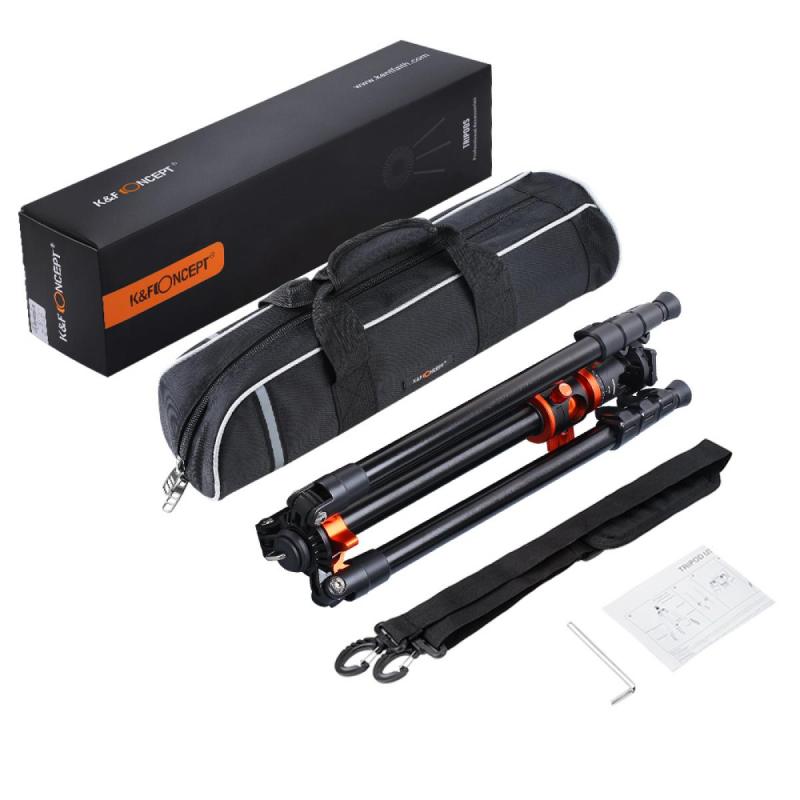
2、 Tripod Height and Stability
How to fit a tripod:
1. Choose the right tripod for your needs: There are many different types of tripods available, each with their own strengths and weaknesses. Consider the weight of your camera and lens, the terrain you will be shooting on, and the height you need to achieve.
2. Adjust the tripod legs: Most tripods have adjustable legs that can be extended or shortened to achieve the desired height. Make sure the legs are securely locked in place before mounting your camera.
3. Mount the camera: Most tripods come with a mounting plate that attaches to the bottom of your camera. Make sure the plate is securely attached to the camera before mounting it on the tripod.
4. Adjust the tripod head: The tripod head is the part of the tripod that holds your camera. Most tripod heads have adjustable knobs that allow you to pan and tilt the camera. Adjust the head to achieve the desired composition.
5. Use a remote shutter release: To minimize camera shake, use a remote shutter release or the self-timer function on your camera to take the photo.
Tripod Height and Stability:
The height of your tripod is important for achieving the desired composition, but it can also affect the stability of your camera. A taller tripod may be more prone to wobbling in windy conditions, while a shorter tripod may not be tall enough to achieve the desired angle. It's important to find a balance between height and stability.
In recent years, there has been a trend towards using smaller, more compact tripods that are easier to carry and set up. These tripods may sacrifice some stability for portability, but they can be a good option for photographers who need to travel light. Some newer tripods also feature advanced stabilization technology, such as gyroscopes and electronic sensors, that can help minimize camera shake.
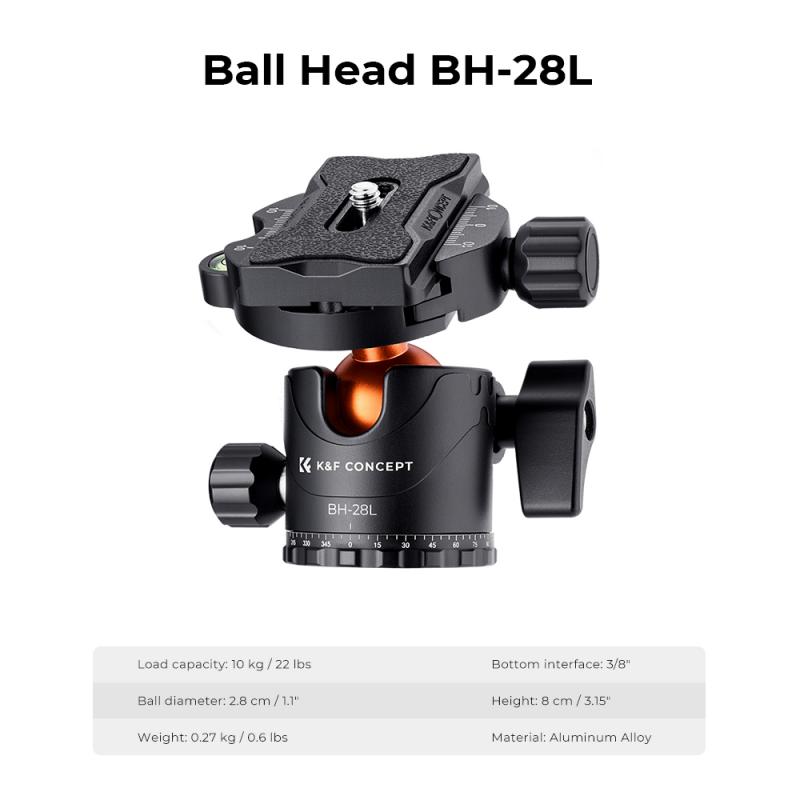
3、 Mounting and Adjusting the Camera
Mounting and Adjusting the Camera:
Mounting and adjusting the camera on a tripod is an essential skill for any photographer. A tripod provides stability and allows for precise adjustments to be made to the camera's position. Here are some steps to follow when fitting a tripod:
1. Choose the right tripod: The first step is to choose the right tripod for your camera. Consider the weight of your camera and lens, as well as the type of photography you will be doing. A sturdy tripod is essential for long exposures and heavy equipment.
2. Attach the camera plate: Most tripods come with a camera plate that attaches to the bottom of the camera. This plate then slides into the tripod head and locks into place. Make sure the plate is securely attached to the camera before attaching it to the tripod.
3. Adjust the tripod legs: Adjust the tripod legs to the desired height and position. Make sure the legs are locked in place and the tripod is stable.
4. Attach the camera to the tripod head: Slide the camera plate into the tripod head and lock it into place. Make sure the camera is level and adjust the tripod head as needed.
5. Fine-tune the camera position: Use the tripod head to make fine adjustments to the camera's position. This is especially important for landscape and architectural photography, where precise alignment is crucial.
In recent years, there has been a shift towards using smaller, more portable tripods, such as tabletop tripods and travel tripods. These are ideal for photographers who need to travel light or work in tight spaces. Additionally, many tripods now come with built-in level indicators and quick-release mechanisms, making it easier than ever to mount and adjust the camera.
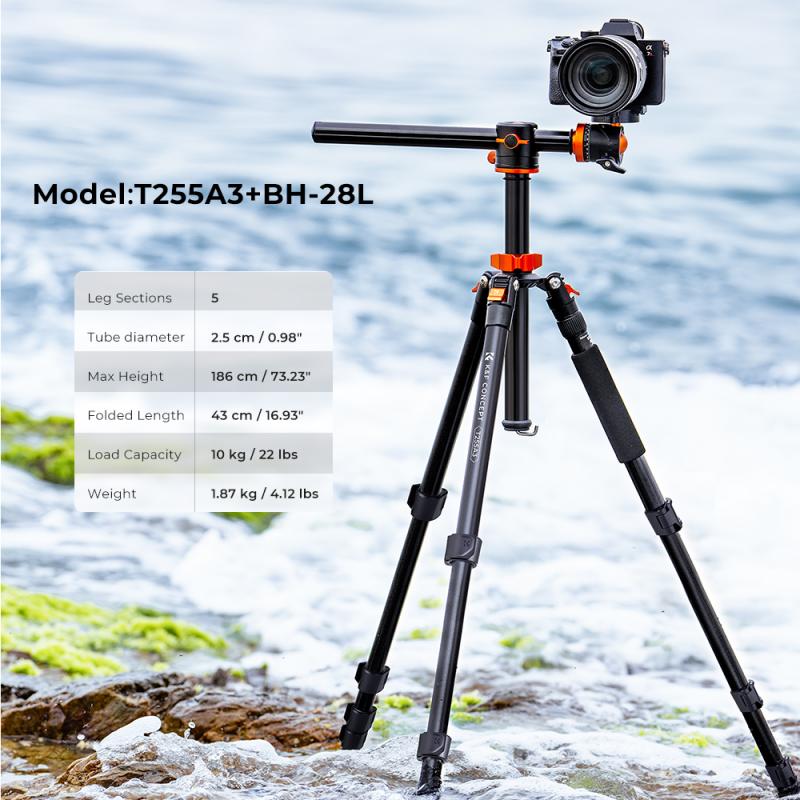
4、 Tripod Accessories and Attachments
How to fit a tripod is a crucial question for any photographer or videographer. A tripod is an essential tool for capturing stable and sharp images or videos. To fit a tripod, you need to follow a few simple steps.
First, you need to choose the right tripod for your camera or video equipment. Tripods come in different sizes and weight capacities, so make sure you select one that can support your gear. Once you have the right tripod, you need to attach the camera or video head to the tripod's center column. Most tripods come with a quick-release plate that attaches to the camera or video head, making it easy to mount and dismount your equipment.
Next, you need to adjust the tripod's legs to the desired height and angle. Most tripods have adjustable legs that can be extended or retracted to different lengths. You can also adjust the angle of the legs to accommodate uneven terrain or to get a low-angle shot.
Finally, you need to secure the tripod in place. Most tripods come with a locking mechanism that keeps the legs in place once you've adjusted them. You can also add additional accessories and attachments to your tripod, such as a ball head or a smartphone mount, to enhance its functionality.
In recent years, there has been a growing trend towards lightweight and compact tripods that are easy to carry and transport. Many manufacturers have introduced new materials and designs to make tripods more portable without sacrificing stability and durability. Additionally, some tripods now come with built-in features such as level indicators and bubble levels to help you get the perfect shot.
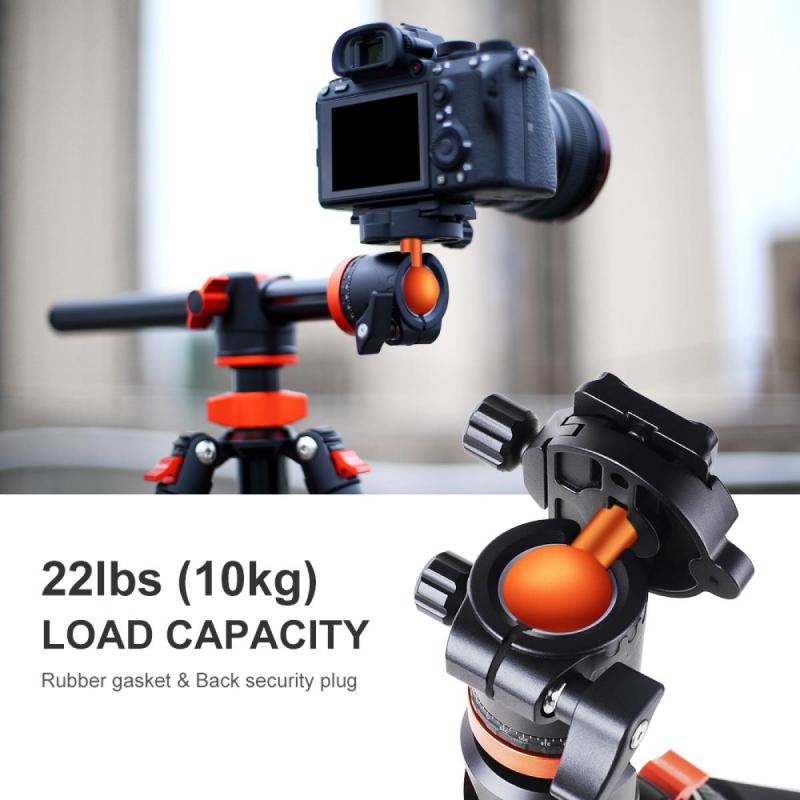


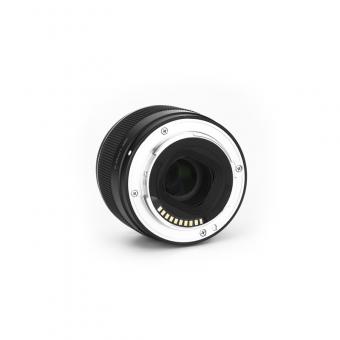


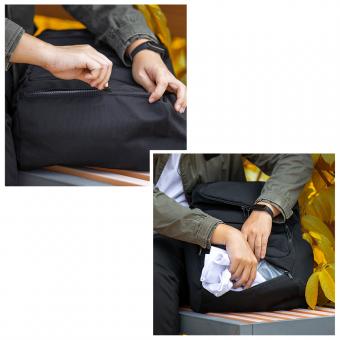





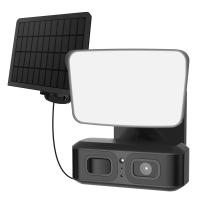

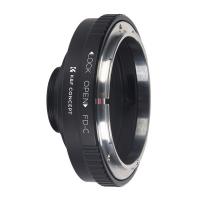
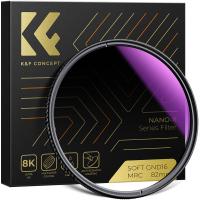

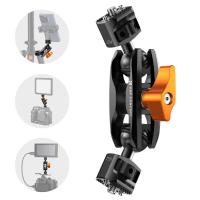
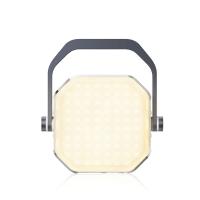





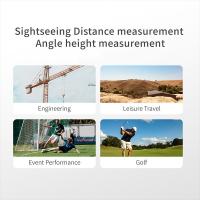
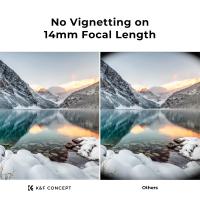
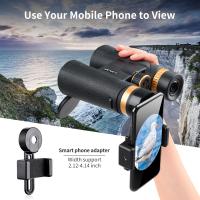


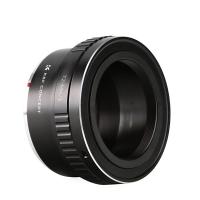

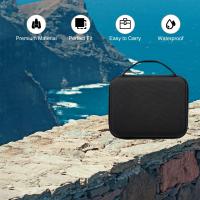
There are no comments for this blog.